Home>Ideas and Tips>Backyard Bog Garden Construction for a Water-Loving Plant Habitat
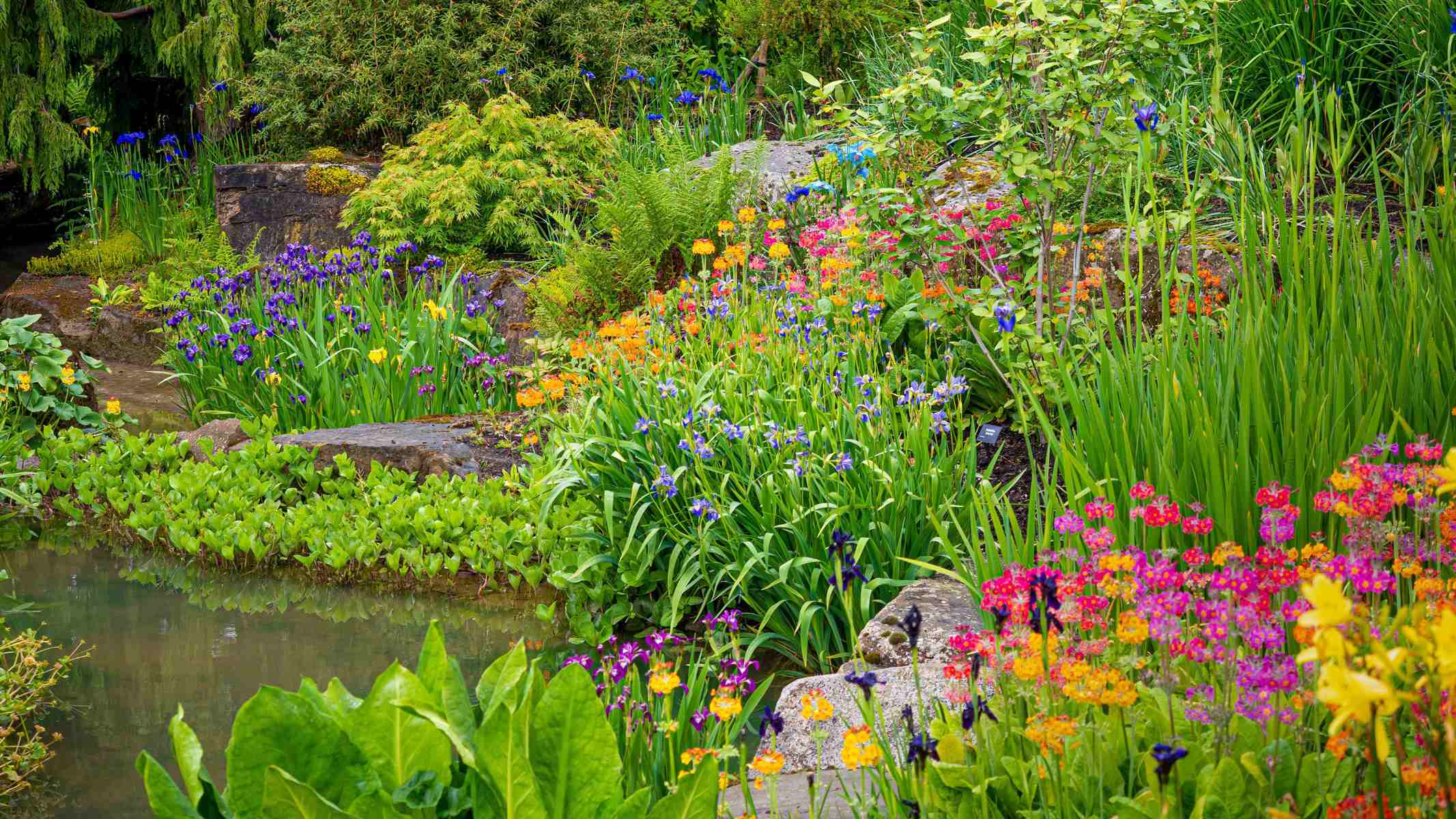

Ideas and Tips
Backyard Bog Garden Construction for a Water-Loving Plant Habitat
Published: September 25, 2024
Learn how to create a backyard bog garden, a perfect habitat for water-loving plants like orchids and pitcher plants. Step-by-step guide included.
(Many of the links in this article redirect to a specific reviewed product. Your purchase of these products through affiliate links helps to generate commission for Storables.com, at no extra cost. Learn more)
Creating a backyard bog garden is an exciting project that not only enhances your outdoor space but also provides a unique habitat for a variety of water-loving plants. These gardens mimic natural bog conditions, which are characterized by permanently moist to wet, acidic soils. This article will guide you through the process of constructing a bog garden, from planning and preparation to planting and maintenance.
What is a Bog Garden?
A bog garden is a type of wetland garden that replicates the conditions found in natural bogs. Unlike ponds, which are pools of standing water, bog gardens feature slow-draining, waterlogged soil that supports a diverse array of plants adapted to these conditions. These plants often thrive in environments where the soil is constantly moist but not submerged, making bog gardens ideal for growing species like orchids, pitcher plants, and sundews.
Choosing the Right Location
Before you start building your bog garden, it's crucial to select the right location. Ideally, you want an area that remains wet for most or all of the year. This could be near a pond, lake, river, or creek where the water table is close to the surface. If you don't have such a location, you can still create a bog garden by using a liner and introducing topsoil into free-draining soil.
Key Considerations
- Sunlight: Bog gardens need at least six hours of direct sunlight per day. This ensures that the plants receive enough light to thrive.
- Drainage: While the soil should be constantly moist, it should not be submerged. A slight slope or a gradual incline can help with drainage.
- Soil Type: The soil in a bog garden should be acidic and rich in peat or sphagnum moss. This type of soil is infertile due to low oxygen levels and acidity, which makes it ideal for carnivorous plants.
Planning Your Bog Garden
Step 1: Mark the Outline
Begin by marking the outline of your bog garden using a rope or hose on sunny, level ground away from overhanging trees. This will help you visualize the space and ensure that it receives adequate sunlight.
Step 2: Dig the Hole
Dig a hole that is 50–100 cm deep, depending on the depth you want your bog garden to be. Place the soil to one side and line the hole with a butyl liner or pond liner. Pierce the liner with a fork for drainage purposes.
Step 3: Add a Bog Substrate
Add a layer of grit or gravel over the liner if desired. This helps prevent the soil from blocking the drainage holes. However, it's not essential as the water will eventually find its way through.
Step 4: Backfill the Hole
Fill the hole with a mixture of peat and sand. A 50:50 mix is commonly recommended, but you can adjust this ratio based on your specific needs and the plants you're growing. Mix in just a small amount of old compost to avoid over-fertilizing the soil.
Step 5: Add Plants
Plant your chosen water-loving plants into the bog garden. Nectar-rich plants like orchids, pitcher plants, and sundews are excellent choices for their vibrant colors and unique adaptations.
Building Your Bog Garden
Stage 1: Excavation
If you're building an in-ground bog garden, excavation is the first step. This can be challenging if your substrate consists of pure river rock, as it was for the author of "The Native Plant Gardener." However, digging in a flooded area can actually be easier after a heavy rain brings up the water level in your reservoir.
Stage 2: Lining and Filling
Once you've excavated your hole, line it with a rubber pond liner or butyl liner. Fill the hole with rocks at the bottom and smaller ones near the top to create a stable base. A large diameter pipe can be used to circulate water from a reservoir or pond to keep your bog garden constantly moist.
Stage 3: Water Circulation
If you're using a waterfall or reservoir system like the author of "The Native Plant Gardener," ensure that there is a circulating pump to keep the water flowing through the bog garden. This will help maintain the desired moisture levels and prevent stagnation.
Plant Selection
Bog gardens are home to a diverse array of plants that thrive in constantly moist conditions. Here are some popular choices:
Carnivorous Plants
- Pitcher Plants (Sarracenia): These plants are staples in many bog gardens due to their unique pitcher-shaped leaves that trap insects for nutrients.
- Sundews (Drosera): Sundews have leaves covered in sticky droplets of glue-like substance called mucilage, which capture insects for nutrition.
- Venus Flytrap (Dionaea muscipula): Known for its snap trap leaves that capture insects quickly.
Other Water-Loving Plants
- Blue Flag Iris (Iris versicolor): This native iris grows well in standing water and provides a beautiful backdrop with its flat leaves.
- Button Bush (Cephalanthus occidentalis): This large bush is ideal for wet areas and can grow up to ten feet tall with dark green leaves and showy white flowers.
- Golden Canna (Canna flaccida): Native to wetland areas, golden cannas are great for bog gardens with their golden yellow flowers and ability to remove nitrogen and phosphorus from the water.
Maintenance Tips
Creating a bog garden is just the beginning; maintaining it is crucial for its health and biodiversity. Here are some tips:
Watering
- Consistent Moisture: Ensure that your bog garden remains consistently moist but not submerged. Check the moisture levels regularly, especially during summer months.
- Supplemental Watering: If necessary, water slowly to avoid displacing the media or plants. Burying a leaky hose around the edge can help maintain consistent moisture levels.
Plant Care
- Space Requirements: Allow your plants as much space as possible. These are large plants with big roots that need plenty of water and space to grow.
- Annual Maintenance: Bog species can be vigorous and require annual maintenance. Include flat stones to step on while snipping to prevent soil compaction.
- Pruning: Prune your plants regularly to keep them healthy and encourage new growth.
Creating Microhabitats
One of the unique aspects of creating a bog garden is designing microhabitats within it. This involves varying the depth of the medium and the ratio of sand to peat mix to create different conditions for various plants.
For example, you can have an upper layer with a higher sand content for plants that prefer drier conditions while keeping the lower layers consistently moist for carnivorous plants like pitcher plants and sundews.
Conclusion
Creating a backyard bog garden is an exciting project that not only adds beauty to your outdoor space but also provides a unique habitat for water-loving plants. By following these steps—planning, excavation, lining, filling with the right substrate, ensuring consistent moisture levels through water circulation systems—and selecting the right plants—you can create an thriving bog garden that supports biodiversity and enhances your garden's aesthetic appeal.
Whether you're an experienced gardener or just starting out, building a bog garden is definitely worth considering if you're looking to add something unique and fascinating to your home landscape.
References:
- The Native Plant Gardener – "The Boggy, Boggy Dew"
- Discover Wildlife – "How to make a bog garden for wildlife"
- Longwood Gardens – "How to Create a Bog Garden"
- UF/IFAS Blogs – "Bog Gardens in the Home Landscape"
- Edge of the Woods Nursery – "Simple-to-install, low-cost Bog Garden…A Step by Step Guide"
Was this page helpful?
At Storables.com, we guarantee accurate and reliable information. Our content, validated by Expert Board Contributors, is crafted following stringent Editorial Policies. We're committed to providing you with well-researched, expert-backed insights for all your informational needs.
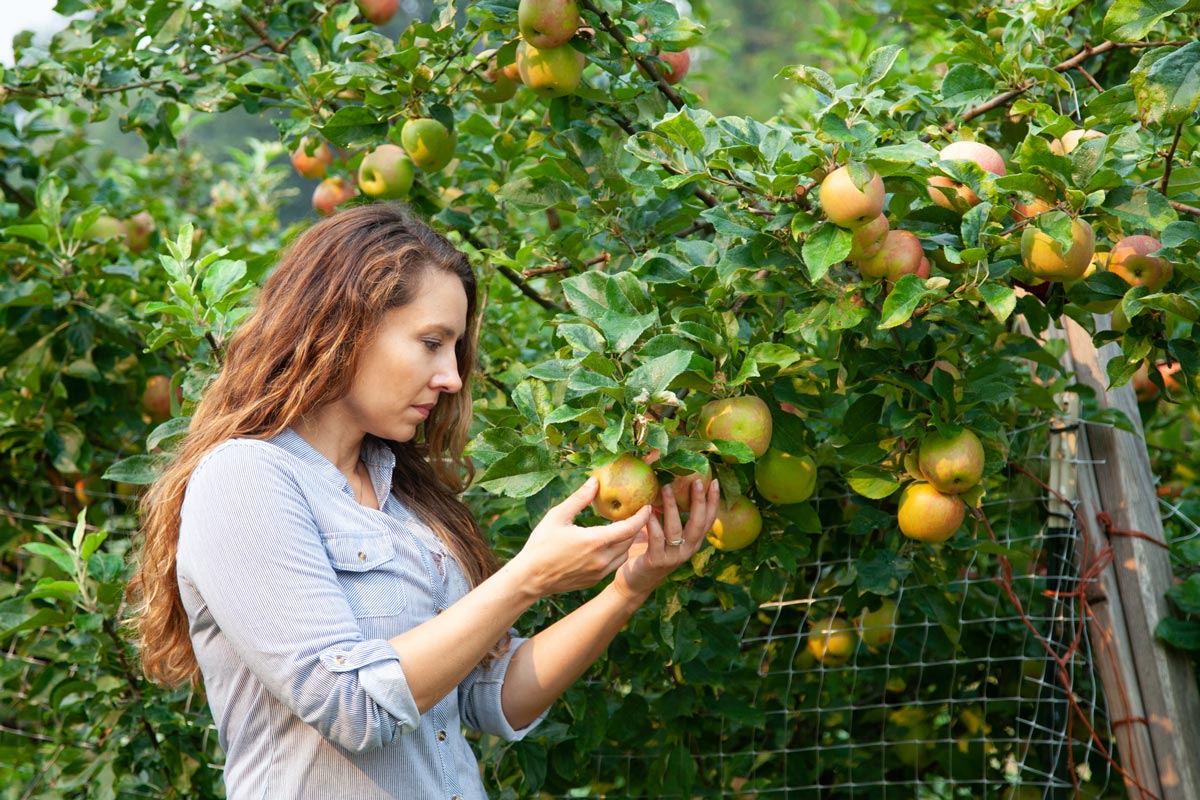
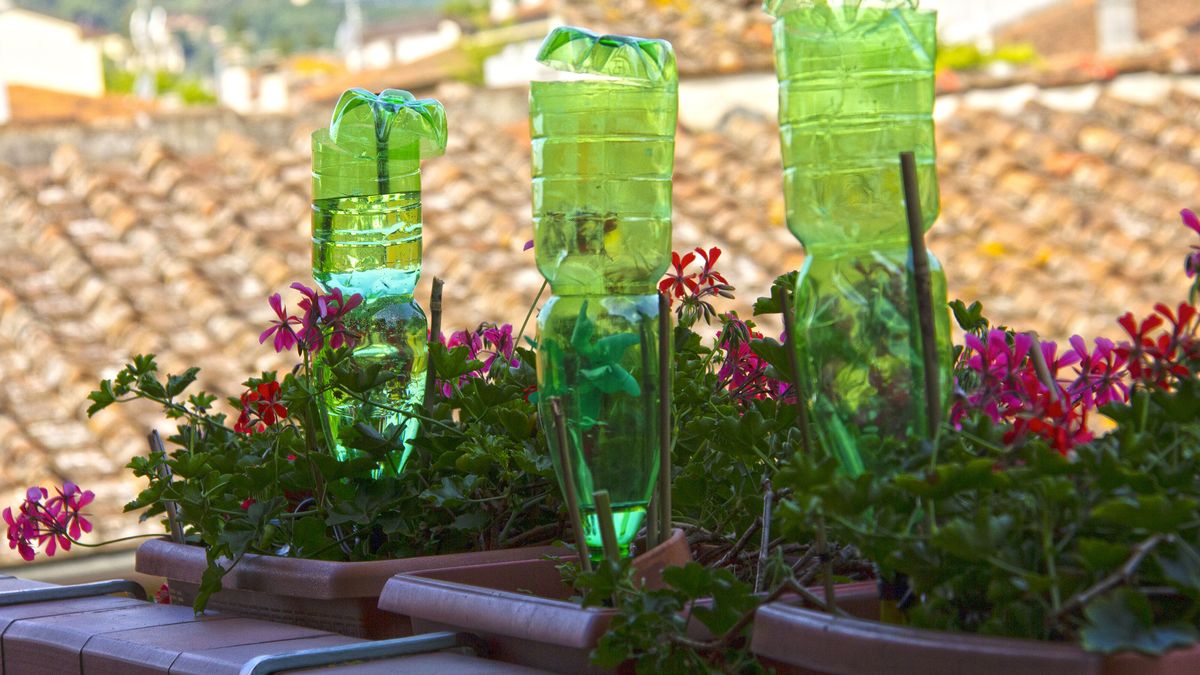
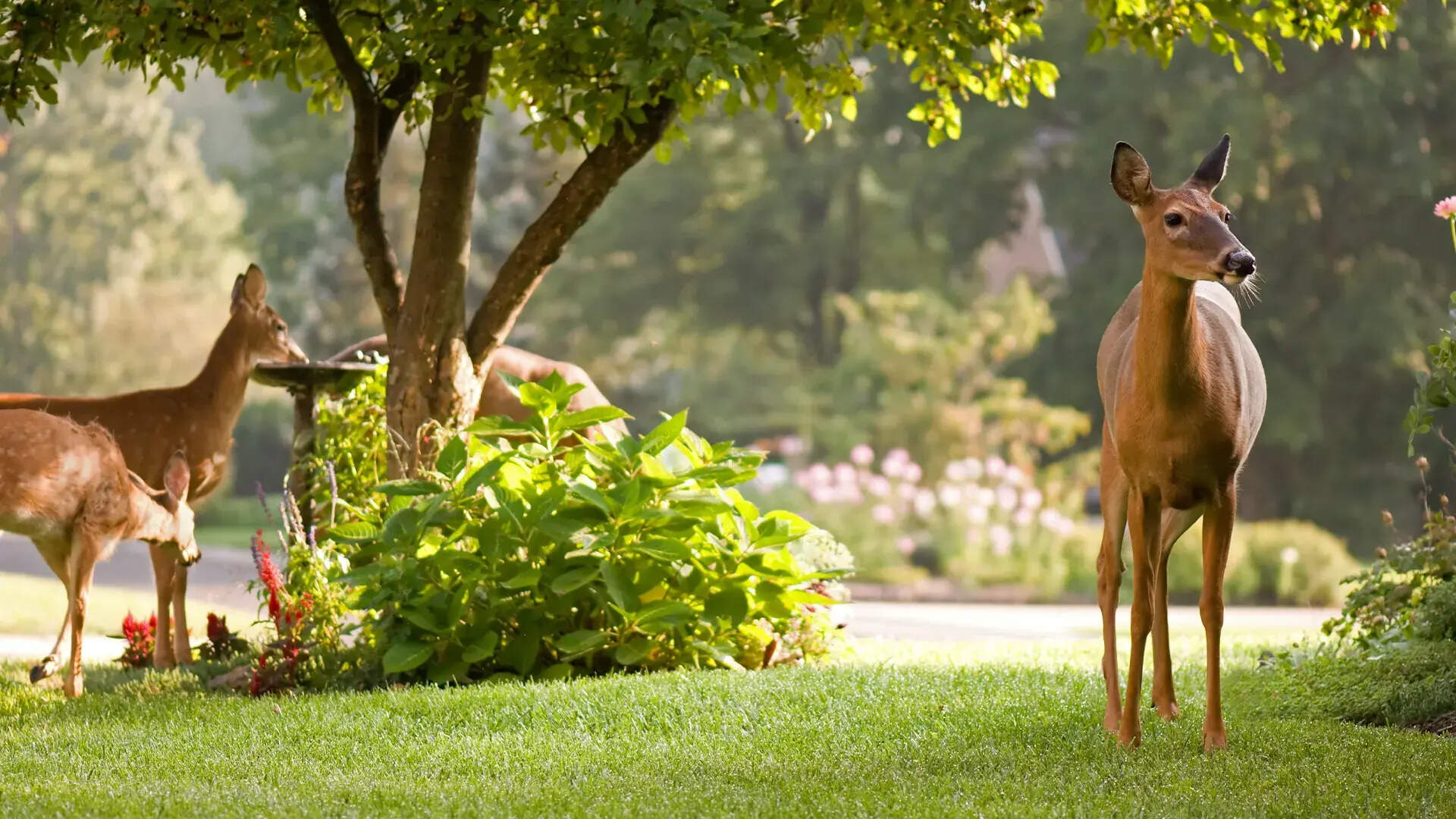
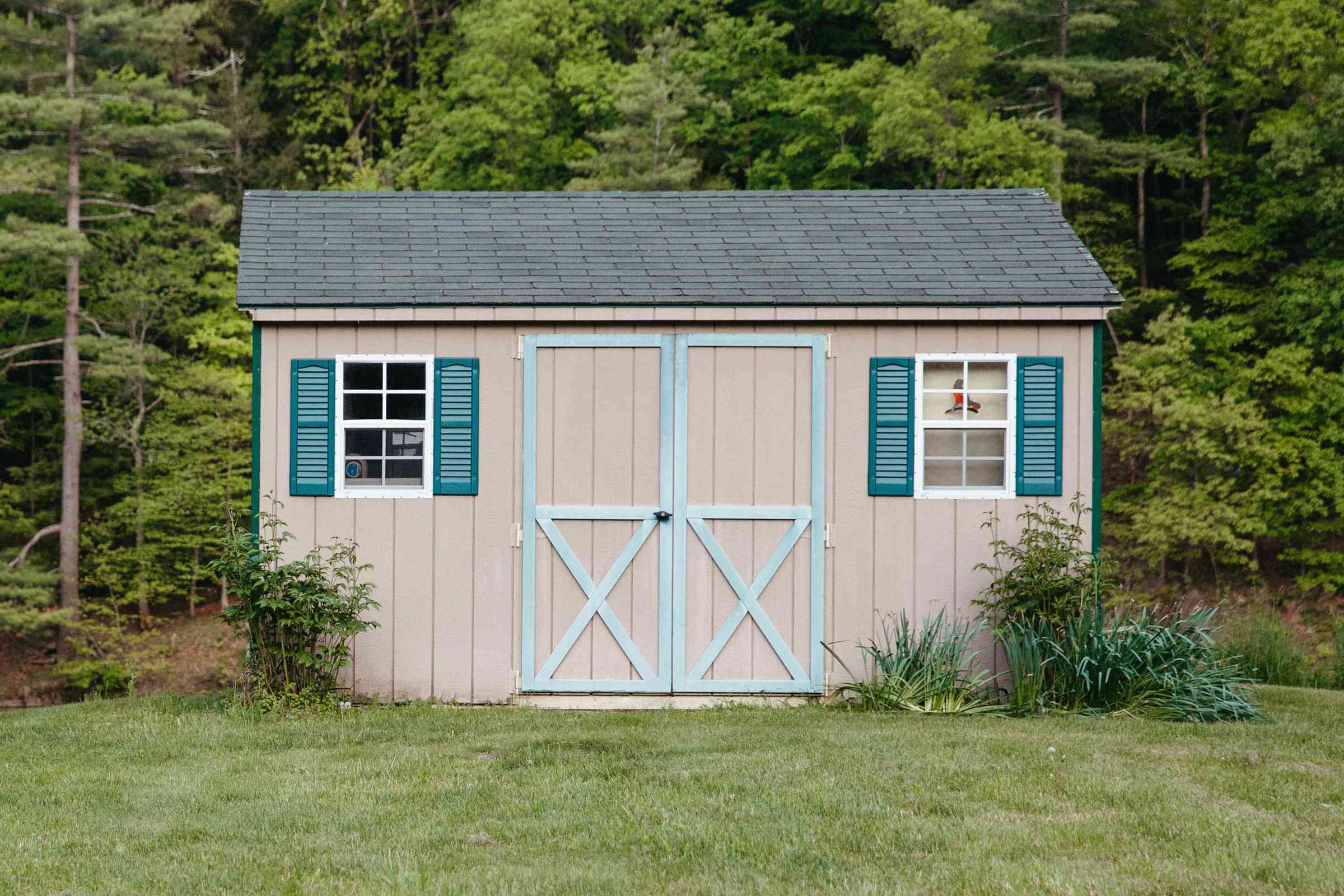
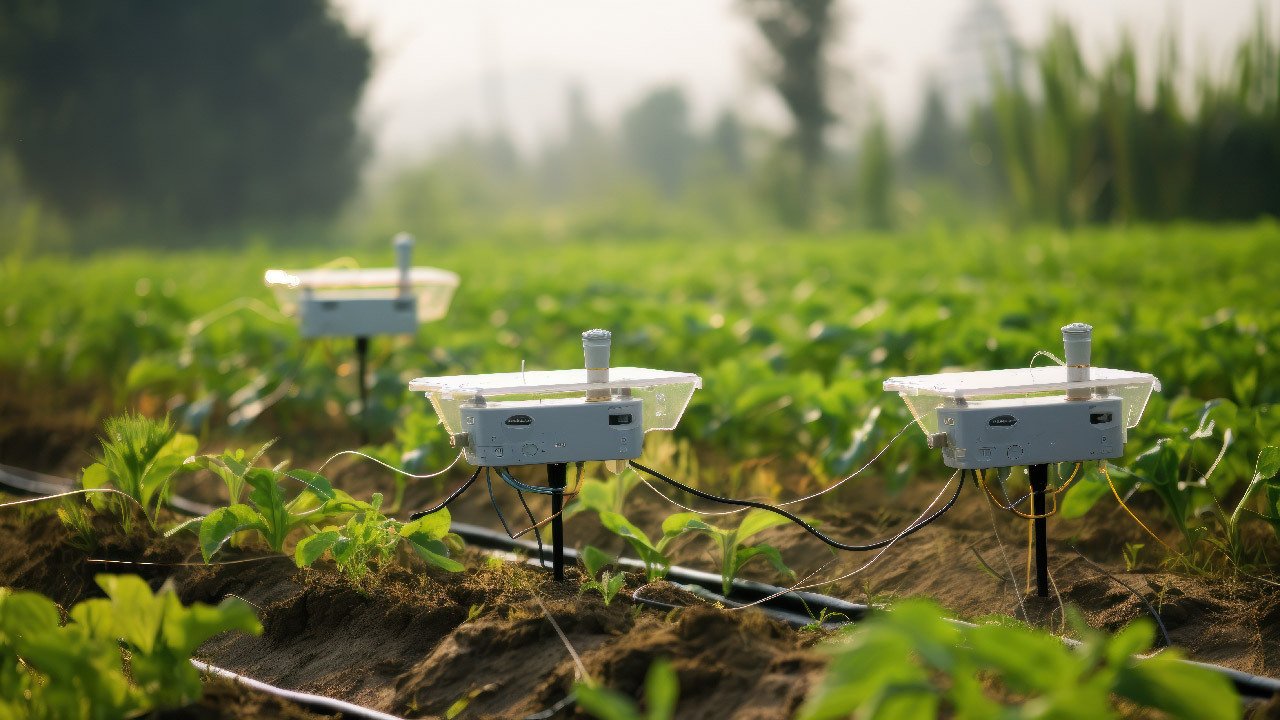
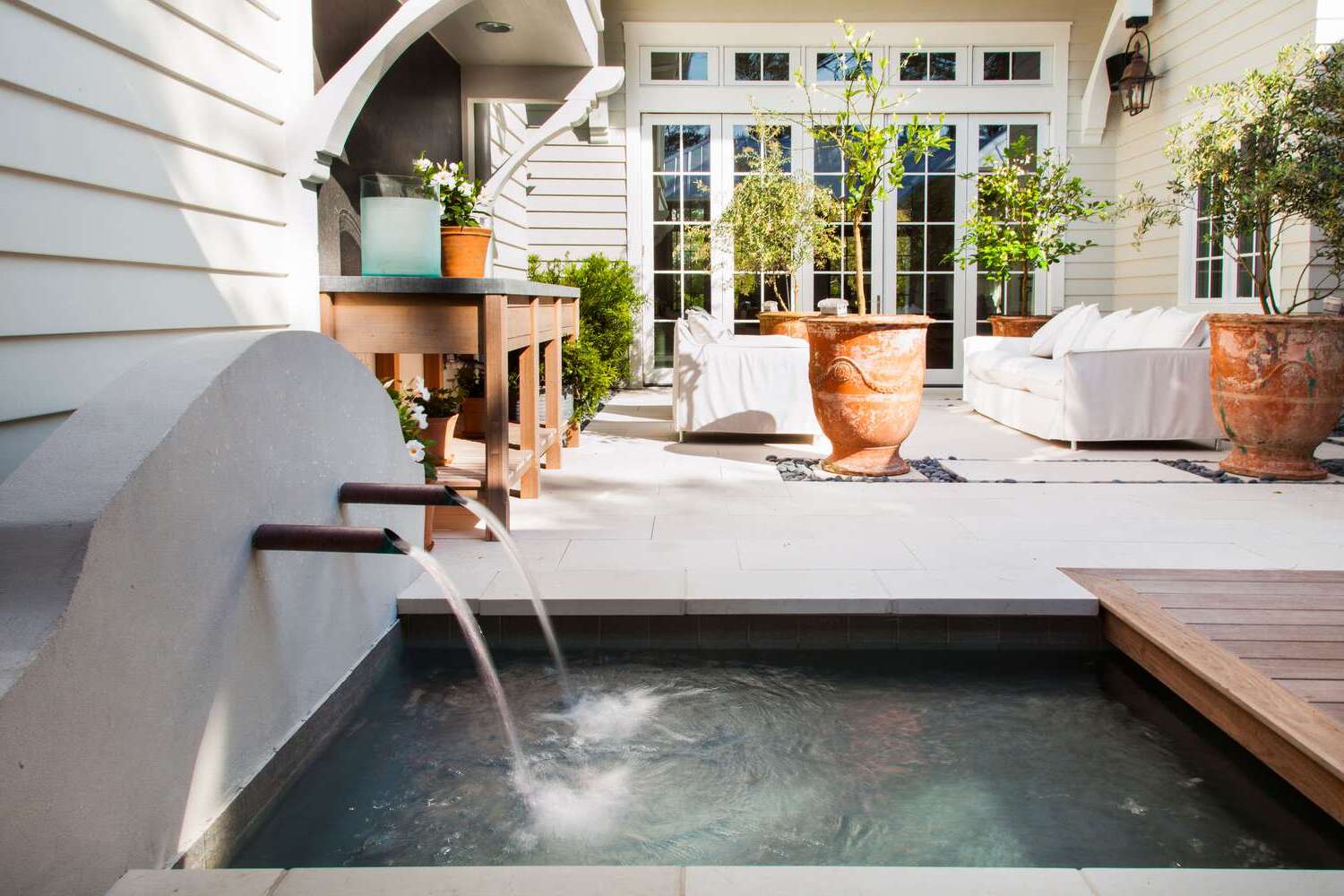
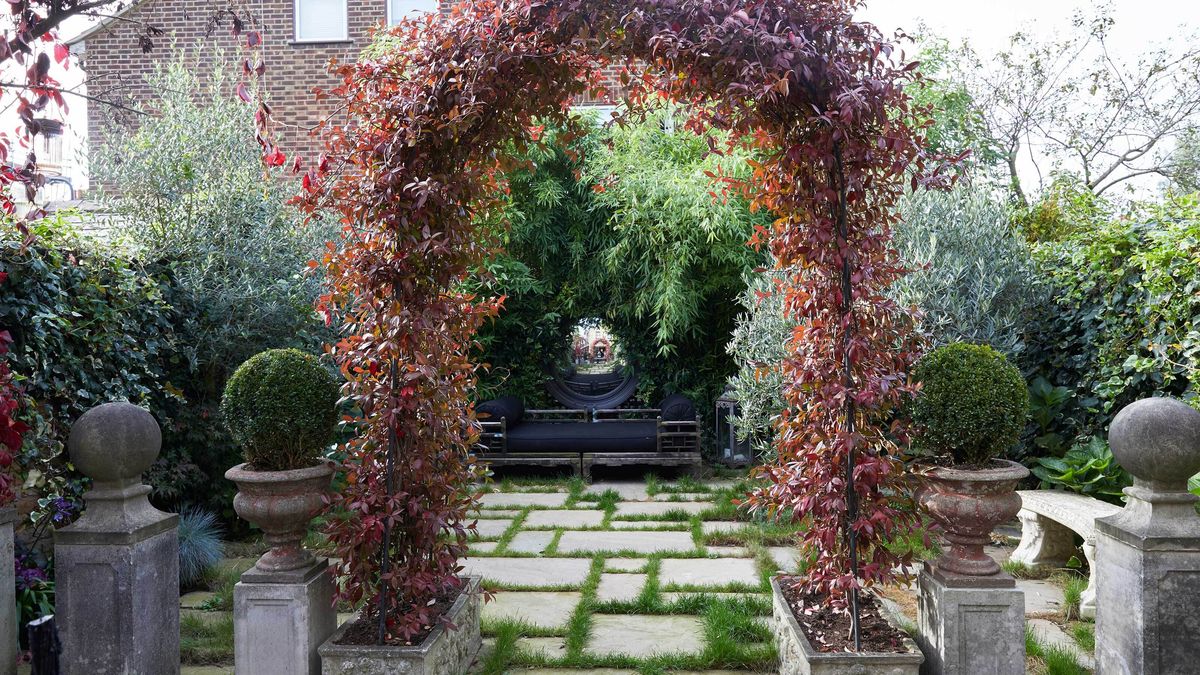
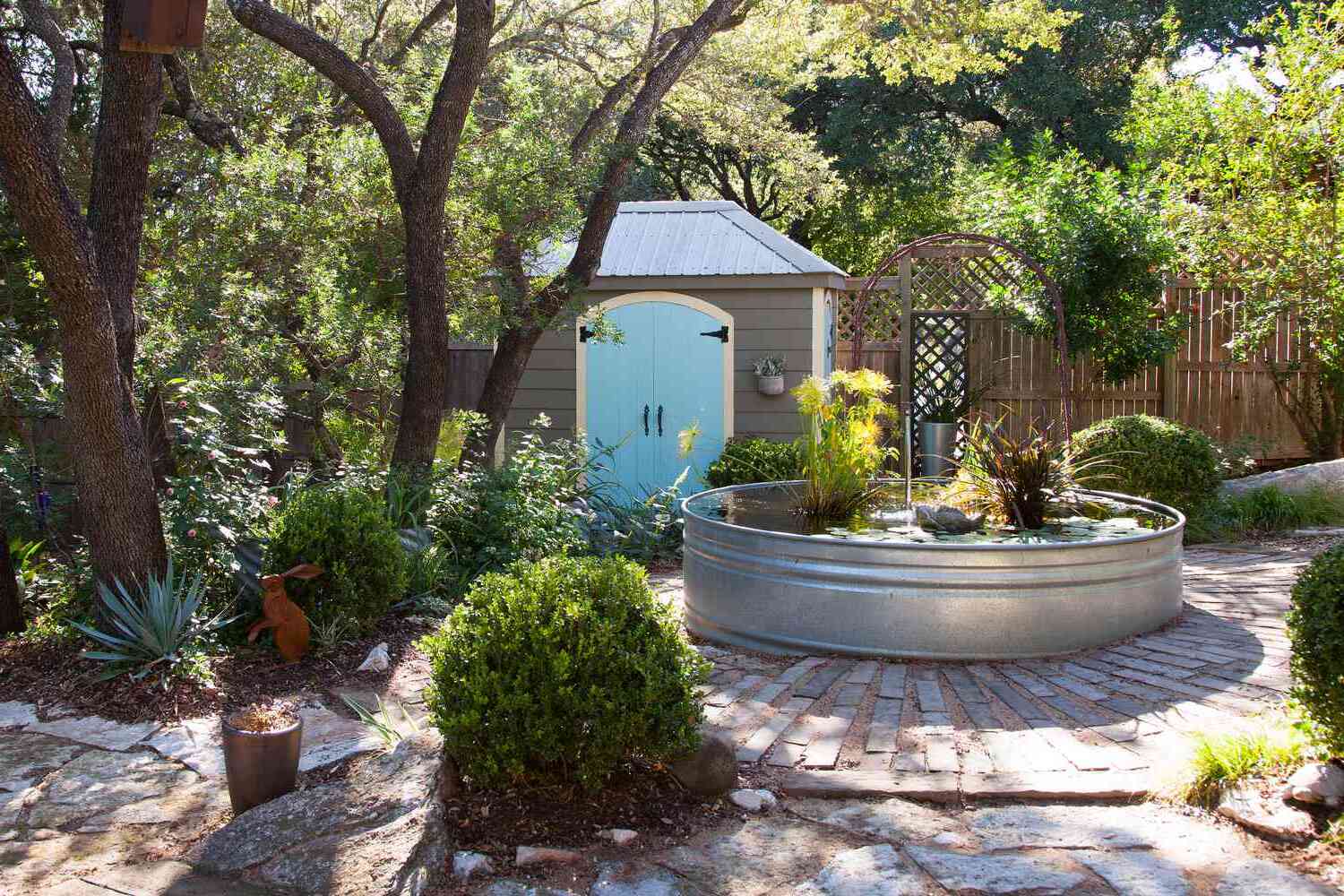
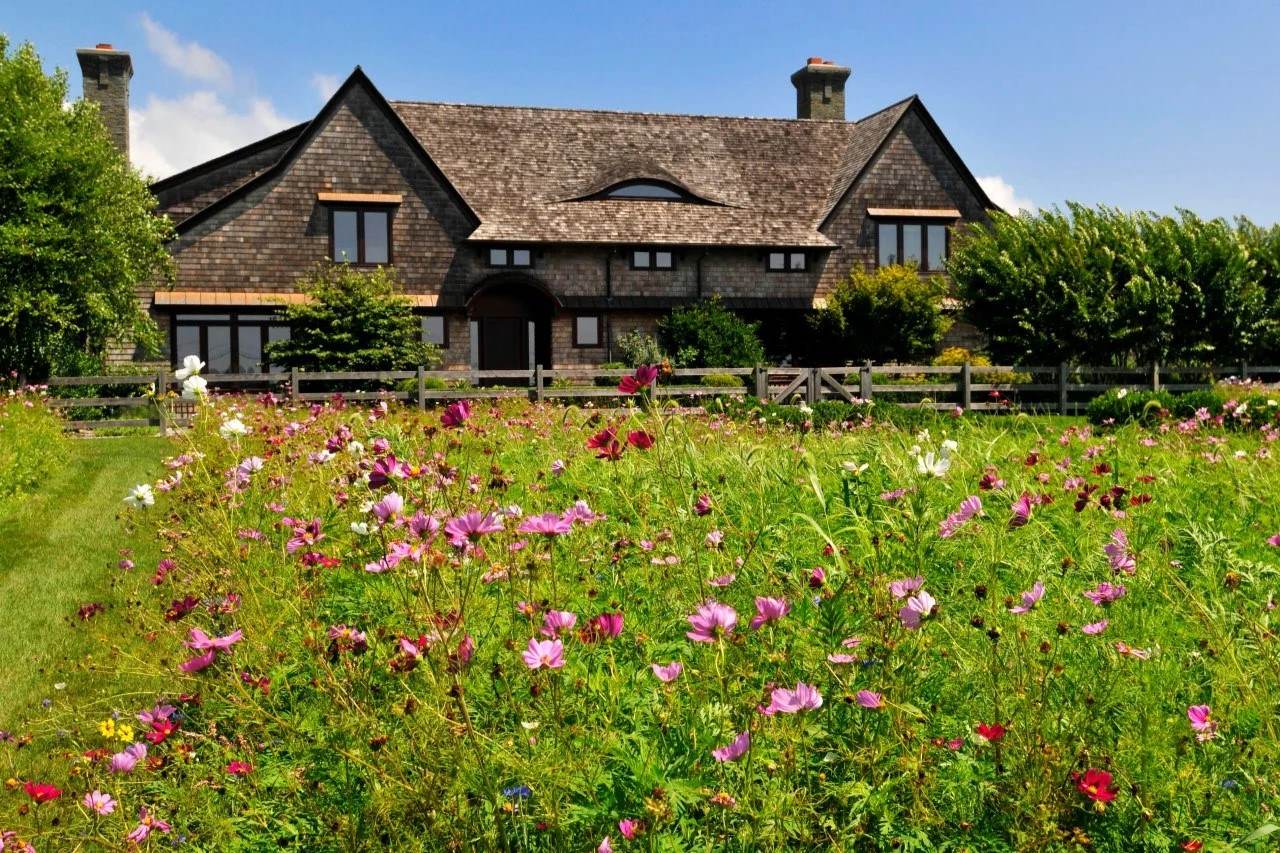
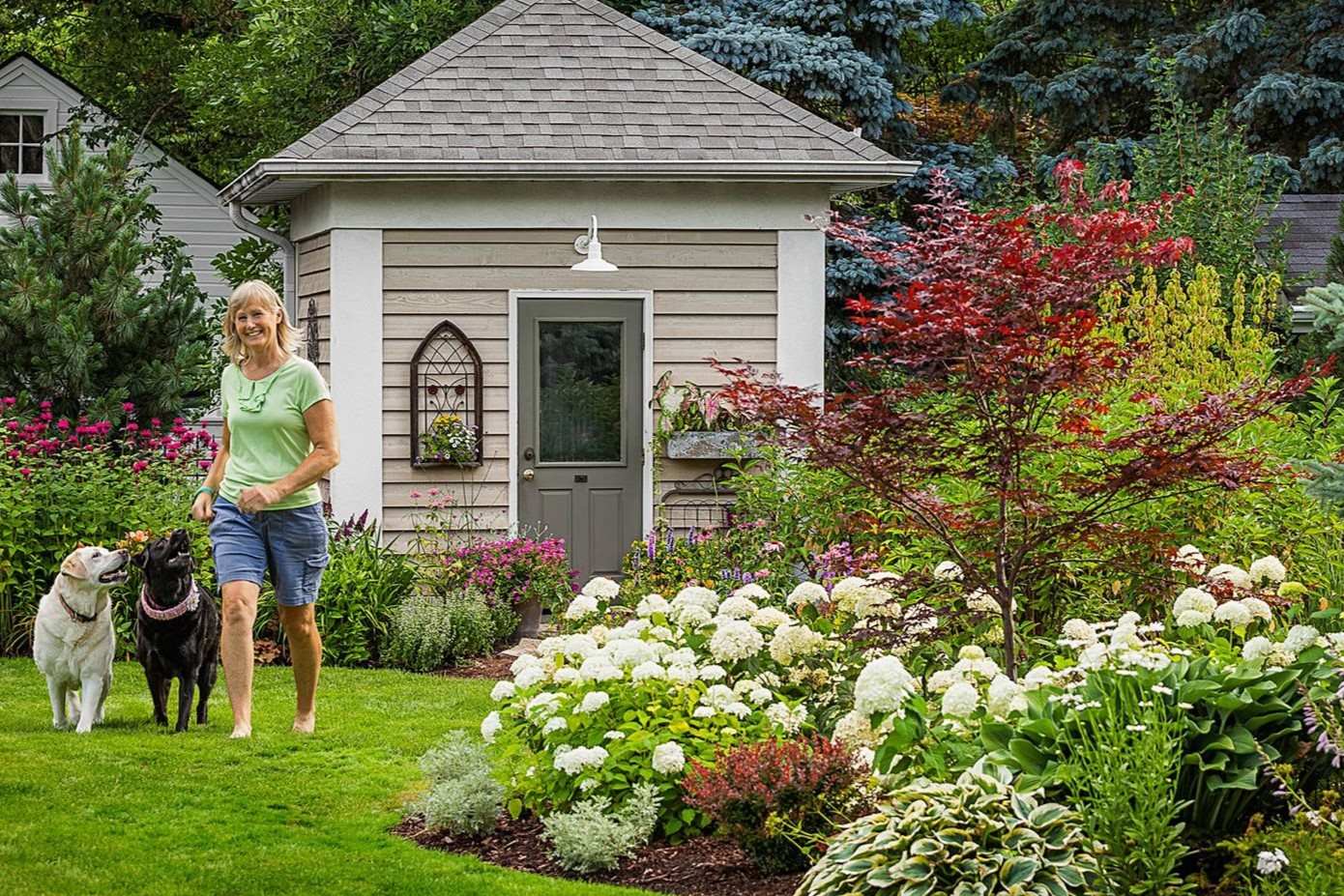

0 thoughts on “Backyard Bog Garden Construction for a Water-Loving Plant Habitat”